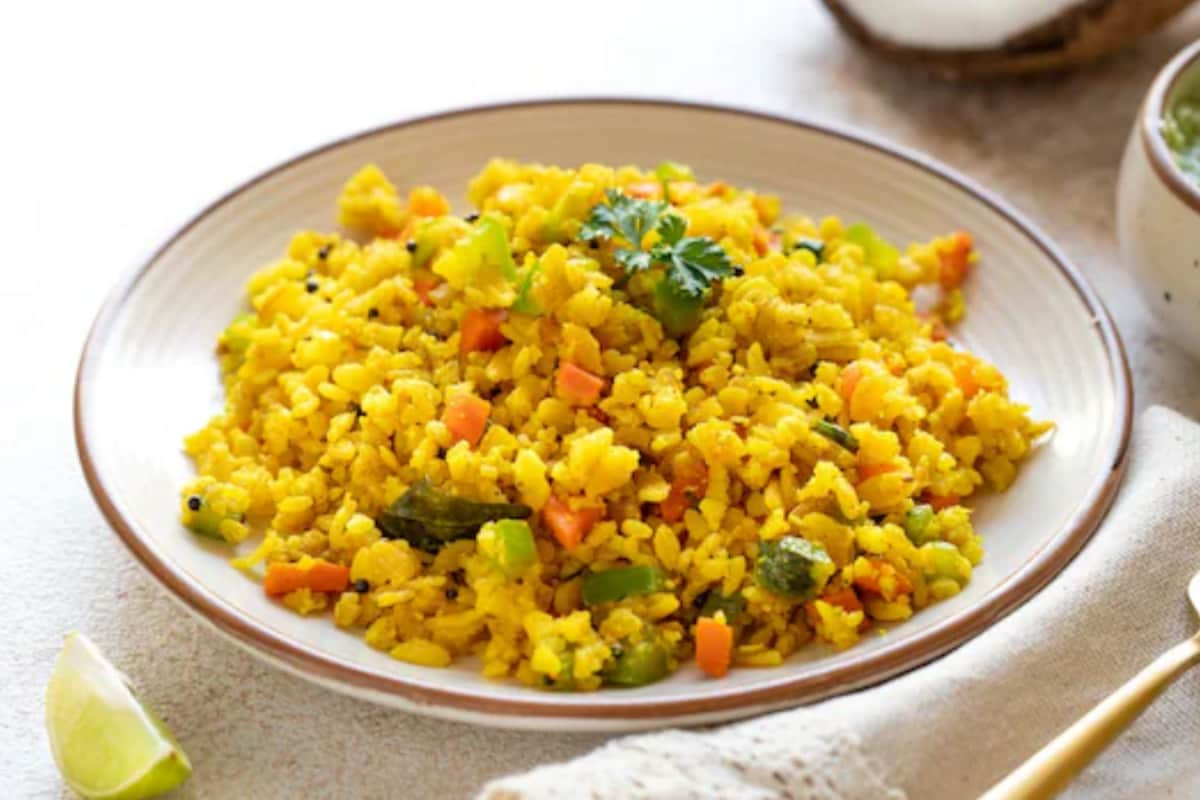Introduction to Spices
The spice trade was instrumental in shaping India's food culture. From the southern coast of Kerala, where the world's finest cardamom and black pepper
thrive, to the northern regions that have a blend of spices like saffron and garam masala, India's geographical diversity is reflected in the spices used. These spices are not just flavor enhancers; they also hold medicinal properties and contribute to the vibrant colors and aromas of Indian dishes. The complexity of Indian cuisine, the preparation techniques, and the blend of spices make it unique.
Regional Culinary Variations
India’s culinary landscape is a mosaic of tastes. Each region has its distinctive approach to food preparation, based on the locally available ingredients and long-standing cultural traditions. The north of India boasts rich, creamy curries influenced by Mughal cuisine, with the liberal use of dairy and nuts. The east, with its humid climate, features a lighter approach, often using mustard oil and freshwater fish. The south, known for its rice-based dishes and the tangy use of tamarind and coconut, provides a contrasting taste profile. The western states of Gujarat and Maharashtra offer a blend of vegetarian delights and coastal specialties. The regional diversity truly reflects the cultural fabric of India.
The Essence of Masalas
Masalas, the cornerstone of Indian cooking, are intricate spice blends that add depth and character. Garam masala, a warm mixture of cinnamon, cloves, and cardamom, is commonly used throughout North India, whereas vindaloo masalas in Goa are hot and acidic. The preparation of masalas can vary from family to family, often based on passed-down recipes and preferred taste profiles. Dry roasting the spices before grinding brings out their essential flavors, which is a technique that’s followed for creating many traditional masala blends. Freshly ground masalas are the key to enhancing the taste of many dishes.
Cooking Techniques Unveiled
Indian cooking employs a variety of techniques that are steeped in tradition. Tandoor cooking, which involves the use of a clay oven, is one of the most ancient techniques, used for roasting meats and baking breads. The tadka, a crucial element, includes sautéing spices in hot oil or ghee to create a distinctive aroma. The art of slow cooking is also a key process, which helps flavors meld together over extended time periods, enriching the overall taste. The method of layering flavors, where spices are added at various stages of cooking, ensures depth and complexity in each dish. These tried-and-tested methods have been preserved and followed throughout generations.
Iconic Indian Dishes
India's culinary landscape is filled with famous dishes that showcase the country's culinary talents. Butter chicken, a creamy, tomato-based chicken curry, is a popular choice throughout the world. Biryani, a rice dish infused with aromatic spices and meat or vegetables, is another popular choice. The dosa, a thin pancake made from fermented batter, is a South Indian staple, whereas the samosa, a fried pastry filled with spiced potatoes, is beloved nationwide. These dishes embody the blend of spices, diverse flavors, and regional variations that define Indian food culture.
The Role of Herbs
Fresh herbs play a vital role in Indian cuisine, boosting the flavor and adding freshness to dishes. Coriander leaves, used as a garnish, add a zesty touch and add flavor. Mint is often added to chutneys and raitas, which are cool yogurt-based sides. Curry leaves, found in South Indian cooking, provide a distinctive aroma and flavor. The use of fresh herbs is a cornerstone of Indian cooking, balancing the richness of spices and adding a lighter, fresher element to the meals. They enhance the aesthetic appeal of the meals as well as the taste.
Indian Food and Culture
Food in India is not merely for sustenance; it is intricately connected to the country's culture, traditions, and spiritual beliefs. The preparation of a meal often symbolizes community, bringing people together. Festivals are accompanied by special foods that showcase the seasonal ingredients and local culinary traditions. The serving style and the rituals involved in meal consumption also reflect the country's culture. Indian cuisine and culture are deeply intertwined, each influencing the other. Food is celebrated as a significant part of life.
Adapting for Modern Times
Indian cuisine is continually changing to reflect modern lifestyles. Chefs and home cooks are adapting recipes for healthier choices, using lighter oils and fresh ingredients. Fusion dishes, combining Indian flavors with international techniques, are also gaining recognition. Preserving traditional recipes while embracing modern cooking practices is key to the evolution of Indian food. The culinary landscape of India has successfully combined tradition and innovation.



